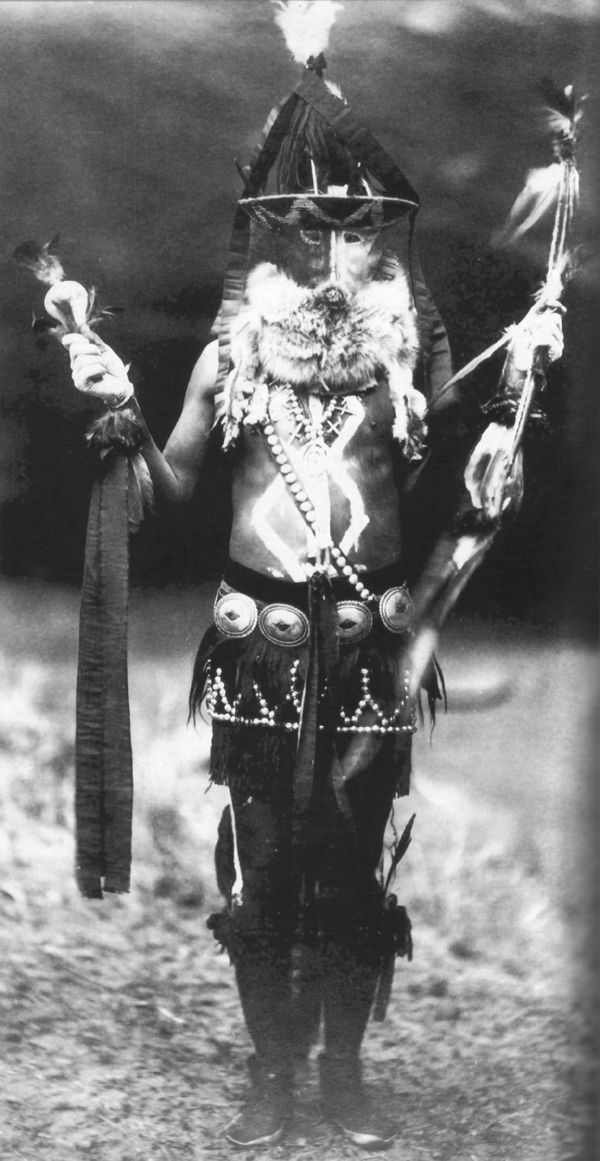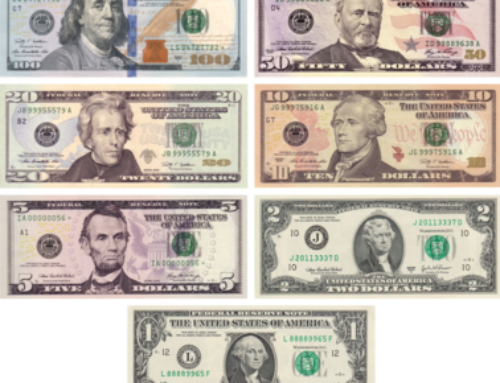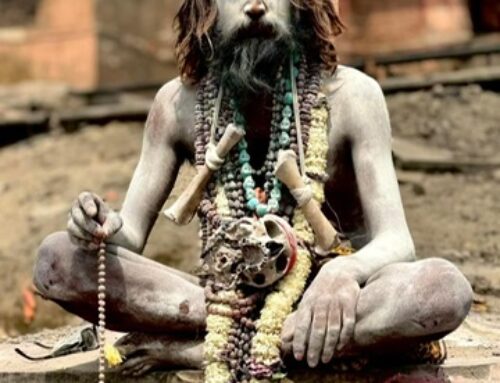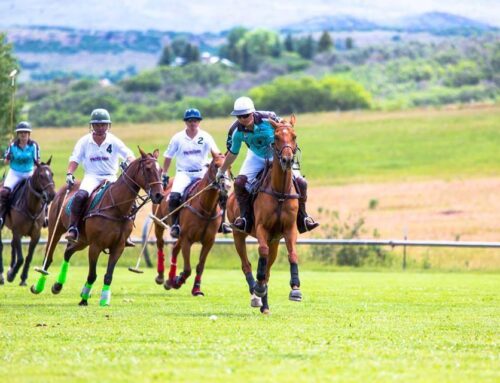From http://www.twinrocks.com/legends/168-medicines.html
| His father had shown him how to cut the stems with an ancient flint blade from the sacred medicine bundle and to sprinkle pollen which in itself was a prayer. His gather had told him too that flowers have power, that they belong to Mother Earth and that they should never be broken without a purpose. He knew that “purpose” meant “ceremonial,” that the plants were as important to a chant as were prayers, songs and sandpaintings, that their uses had been decreed when the Navajo were created, and that the decrees were irrevocable.
The rabbitbrush is generally scorned because it supplies food primarily to the rodents. It grows most abundantly at low altitudes on deep alkaline, arid, or semi-arid soil; and its companions are usually saltbrush, greasewood, and sage. However, it it weren’t for this homely bush, some parts of the desert which lack water and are rich in alkali would be almost completely barren and unattractive. Its deep and extensive roots are impediments to wind and water and erosion. In the late summer it becomes more attractive because of its small yellow flowers, which grow in clusters of five to thirty. The Navajos have always valued the flowers as ingredients of a decoction for dyeing wool yellow. Pg. 144 Guayule, a species known as the rubber rabbitbrush, contains rubber. With the stoppage of imported rubber from the South Pacific, it became on of the most important crops in the West. The Indians have always appreciated the rubber rabbitbrush because they have derived chewing gum from its wood and bark. Pg. 144 Sagebrush often brings on hayfever in susceptible individuals. Made into tea, it is used by Navajos to treat colds and diarrhea, as an eye and hair wash, as a general tonic, and as an antiseptic for wounds. It also provides abundant fuel for the Navajo hogans. Pg. 145 The fungi growing on tree trunks are of different shades of yellow and are almost as colorful as the rocks lichens. They too are disintegrating agents, hastening the decomposition of old tree trunks. One of these fungi, known as bracket fungus, was formerly used by the Navajos as punk for carrying fire. Pg. 146 The medicine man knows his herbs, where to get them, and how to prepare them, even though they are of only secondary importance in the ceremony of chasing out the evil spirit by magic and the propitiation of the gods. When collecting his seeds, leaves, or roots for the preparation of powders or infusions, he is careful that the plants and earth out of which all these good things come are not offended. After locating a desired plant, he sprinkles ceremonial corn pollen over it. He talks to it, sings to it, and gives presents to it. His presents are turquoise, shell, or some other mineral – gifts he would offer to his gods or his best friends – for he considers plants to be animate creatures. After he has said prayers, he leaves the plant, going around it sunwise to gather plants of the same species in the vicinity. By starting from the east and going through the south to the west, he follows the sun and thus imitates its beneficences. Of course, it is possible that some of the herbs contain valuable drugs which some day we may be able to isolate; but if we do, these will be new drugs which are not known to Navajos as such. The amount of any real drug which we may be able to isolate must be present in today’s Navajo medicinal infusions in only infinitesimal doses – not enough to produce definite therapeutic benefit. However, we must leave this problem to our research pharmacologists to ferret out. If an infusion or tea has to be made from these herbs, a medicine man is called in to prepare the concoction, say prayers, and sing for one to three nights from sunset to sunrise. Among some of the most common herbs which he uses in his rituals are:
The medicine man uses most of the plants mentioned above in combinations. Such compounds really are “shot-gun medicines,” since they intend to cure many ills or symptoms all at one time. If one of the ingredients does not, it is hoped that another will. An example of this is “Life Medicine,” a universal tonic, especially good for indisposition and impaired vitality, sore muscles, sprains, bruises, fractures, pains, lameness. It is prepared from a large group of herbs: compositea, milfoil, plumed thistle, saw thistle, cudweed, rayless goldeurod, goose grass evening primrose, geranium, willow herb, meadow rue, yarrow, aster, cat-tail flag, sagebrush, and so forth. Thus we see that the Navajo medicine man has drugs for the cure of practically every kind of illness: toothache, wounds and sores, boils, mouth sores, stiff joints, rheumatism, eyesores, syphilis, pruritus, snake bites, gout, headache, dandruff, stomach trouble, diarrhea, fainting, dizziness, bronchial troubles, pimples, ear troubles, deafness, hemoptysis, baldness, and dropsy; besides medicines used as cathartics, tonics, diuretics, emetics, contraceptives, aids to anesthesia and obstetrics. The medicine man also has other uses besides the medicinal for his plants and flowers. Spruce twigs he makes into ceremonial collars, dresses, and hoops. Pine he uses for making ceremonial arrows; while its needles he pulverizes with other plants to make black paint with which he blackens the bodies of his singers. Oak twigs he uses at the cardinal points as signs of the dedication of a medicine lodge. In myth, after the Holy People have sung over the hero and retired, a helper-Beaver for the Hail Chant, Owl for the Night Chant, Gopher for the War Ceremony-instructs the patient and offers the unique part of the formula for the hero’s future aid. Since incense is common in Holy rites, rare in Evil, it seems to be a force for attracting good. In the Flint Chant, it is the conclusive act of a little rite to correct evil ensuing from sexual excess; it symbolizes renewed strength. Apparently in the Eagle Chant, incense-burning is incorporated in the firemaking rite that specifies burning yucca and bluebird and canary feathers, often a part of the incense formula. The incense formula of the Shooting Chant is ‘willow as a foundation,’ white, blue, and gray corn, head feathers of bluebird, canary, and robin, all ground together. That of the Hail Chant includes down feathers of bluebird, western bluebird, red-winged blackbird, canary, Bullock oriole, Arizona jay, cedar waxwing, gray titmouse, long-tailed chat, hummingbird, and an unidentified bird (dzilya’ nakehe). White corn meal is also mentioned, but I do not know whether it alone formed the incense or was combined with the feathers (Coals, Con. B; Kluckhohn-Wyman, pp. 49-5O; Reichard, Shooting Chant ms.; 1944d, pp. 59, 65, 73, 95, 139; Matthews 1887, p. 42; 1897, p. 177; 1902, pp. 44, 169; Sapir-Hoijer, p. 229; Haile 1938b, p. 115; 1943a, pp. 18, 280; Newcomb 1940b, pp. 71-2). Red ocher is Child-of-the-water’s impersonation symbol. It is rubbed on the hair, as well as on the body. Ghosts are afraid of red ocher (Haile 1938b, pp. 177, 197, 318, 71n; 1943a, pp. 39, 40, 53, 96, 97). Rockpiles (wayside altars) may sometimes be seen in isolated parts of the Navaho country. It is customary for passing travelers to add a rock to a rock heap and utter a prayer. In the War Ceremony story, man-eating quadrupeds contested with man-eating flying creatures by piling up river boulders as they passed through a gap. The rocks left over from these piles became the prayer rockpiles of today; each rock represented a ghost overcome. Although these rocks were said to be river boulders, there is reason to believe that they are associated with flint (Reichard 1944b, p. 17; Haile 1938b, pp. 72-3, 97, 188-9; 1943a, p. 53; Matthews 1887, p. 415; Curtis folio, Pl. 30). Rocks, all that remains of the monsters, have commemorative value, sometimes in the form of flint. Stones that have been struck by lightning, that bears have turned over, and upon which snake-shaped lichen grows are prescribed for the sweathouse fire of the War Ceremony. Salt (‘a ci’) in food is supposed to furnish strength, perhaps against dangers, since it is not added to ceremonial mush whose purpose is identification. The Twins were fed on salty food by Salt Woman; she gave them salt as a weapon against Eye Killers. Apparently it had not attained its power in the first world, for when Water Sprinkler threw the salt given him by Salt Woman, it did no harm. The mush of the War Ceremony was salted to give power to the performers. Smoke is associated with creation, clouds, war, power, and purification. According to JS, Earth Woman and Sky Man smoked to bring about creation: “The de’nalye prayers were called ‘way on top’ because they gave off smoke for creation and good health.” Soot (te’c), though called ‘charcoal ‘ by others, seems a better name, since it is the fine powdered residue of burning. The following are explanations of soot: Spots made of ritualistically burned soot protect against dangers. The temples are blackened because they are the seat of ghosts. Black spots are put on the palms of Child-of-the-water’s impersonators because he held the dangerous monsters’ scalps. Collected soot (te’cigi’ and ‘altade’dli’c) represents, in the War Ceremony, vegetation and dark mist for the women and dark cloud for the men. White clay (dle’c) was identified as montmorillonite in the Ganado region; other clays are used for whitening in other parts of the reservation, depending on the available deposits. Kluckhohn and Wyman found argillaceous sandstone (na’saladle’c) as the whitening medium in the regions where they worked. Wood samples (tsintsosi) are symbols of the sweat-emetic rite, representing all fire wood. The wood is sometimes the same as that of emetic frames, pokers, hoops, and other properties. |
|
|
||
Friendly people waiting to answer your questions.
| Search |
|---|










The Dream Catcher legend……..
Many years ago, grandmother found a spider in her home. It was building a web above her bed, and she spent many days watching it work and marveled at its beauty. One day, as the web was nearing completion, her grandson came to visit and he saw the spider and immediately went to kill it. Grandmother stopped him, and said that the spider had been there for several days, working hard on the web. It had not bothered her, and she had enjoyed watching it. The spider thanked Grandmother for saving its life and told her that in return for her kindness, it would give her a gift. The spider said that the web above her bed would make sure she only had good dreams – the bad dreams would get caught in the web, and would burn up when the sun rose. Only the good and important dreams would pass through this dreamcatcher.
______________________________________
The symbolism of the raven is complex and while its black plumage and croaking call are often associated with loss or ill omens, ravens have also been deemed to be uncommonly intelligent and the symbol of providence, wisdom, insight, and prophecy.






